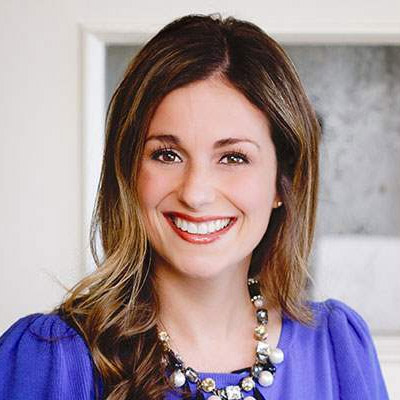I worked on several new project proposals today from discussions earlier this week to evaluate what the client’s needs are. I oftentimes get asked, how much will it cost for you to create a web site for my company? That is a tough question because it depends on what is needed. Defining the scope in order to offer an accurate estimate is step 1 on any project by TBH Creative.
I know from experience that each client is different and has unique needs. Trying to put a “web package” around your goals will end in an unsatisfied client or scope creep for the developer. So, I spend time evaluating client needs first. Sure, I might lose some of my time “discovering” a project or client, but at least I know what I’m getting into and so does the client. I hope this effort is part of the reason I have a high satisfaction rating with clients.
The most important questions I ask each client before engagement are below. There are quite a few more, but these are the ones that I base all decisions on. These questions are also ones that any marketing director or person in charge of managing a web project should also ask themselves too.
1) What are your web site goals? Common goals I hear are: to gain new business, to show expertise, and to establish company legitimacy. It is important to evaluate this before jumping in. Everything about your web site should point to these goals. Aesthetic and content decisions should be made based on these goals also.
2) Who is your primary and secondary audience? This is important to remember throughout the entire process. Designers, company owners, and marketing directors often think about what they like in a web site or what they think is important. Content and design should reflect what your target audience is looking for and the styles they prefer. As a designer (consultant), it’s good to appeal to the client also, but always remember the end-user. For example, if the end user is an older generation, the text should be large, regardless of your preference or the client’s preference for smaller text. If your users are looking for facts, give them to them… don’t make them search or click 4 times.
3) What do you want to say? Has it been written? Do you have a general idea of site structure? I always recommend my clients to draft the base copy for the site based on ideas/structure we generate together. The client is be the expert on the subject, right? The verbiage doesn’t have to be great in draft form, but a web editor can adjust and rework to make the verbiage flow better, easy to understand, and read clearly by an Internet user. It’s important to remember that web writing is very different from any other medium. Therefore, the messages must be written differently for effectiveness too. Think about how you search and read web content — quickly until you find what you need, right? Most people scan and read the important parts they were looking for.
As a guide, I recommend my favorite book on Usability: “Don’t Make Me Think” by Steve Krug. If you are interested, it is a quick read and I am sure it will help.
Subscribe to our monthly email with marketing news and tips from the TBH Creative team.
